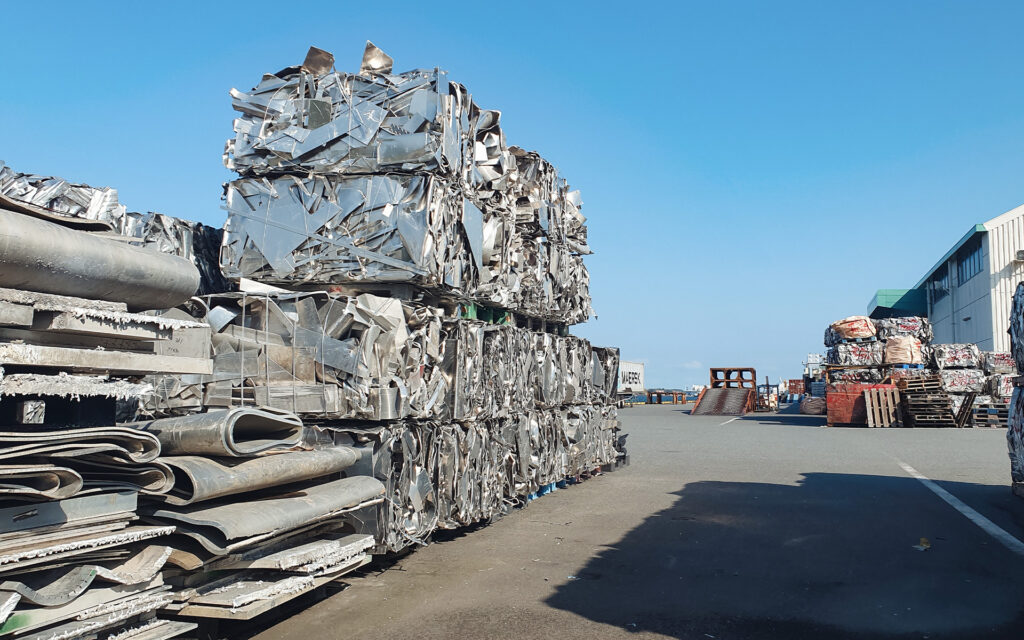In a time when the health of our planet is more critical than ever, embracing sustainability in architectural designs is not only beneficial, it is essential. Getting on the road by taking steps toward sustainable design ,amid the pressing challenges of climate change and environmental degradation. Where the demand for sustainability practices has never been greater. Each of the steps toward sustainability, no matter how small, contributes to a major impact on the environment and communities. 100% sustainability for every project may not always be feasible due to various constraints-from budget to site-specific limitations. However, it is critical to recognize that perfection should not be the enemy of progress. Here are the ten steps.
1. Knowledge of local materials
Work closely with places and get to know local suppliers and producers. Sourcing materials that meet sustainable production standards; selection of locally produced materials. Reducing transportation costs and emissions. Sustaining the local economy: Verifying sourcing credentials and certifications (for sustainable forestry or responsible mining). All this to ensure that materials do not negatively impact source ecosystems.
2. Recycle
To start the project by checking possible sources of reclaimed materials, collaborate with demolition companies, material suppliers and recycling centers. To source materials such as reclaimed wood, recycled metal or reused equipment. Integrating these elements into the project not only saves resources but also adds a “story” of sustainability to the building.

3. Reusing the existing
Seeking opportunities to reuse existing buildings is critical. Opportunities that preserve resources and protect cultural heritage while providing unique architectural challenges. Reducing the demand for new materials minimizes waste. It is important to add a “layer” of historical continuity to the new building.
4. Improve insulation and airtightness
Adopts state-of-the-art insulation technologies, such as vacuum insulation panels or phase change materials, to maximize thermal efficiency. Pay attention to eliminating thermal bridges and sealing air leaks, which are key aspects of maintaining energy efficiency and ensuring consistent levels of indoor comfort. Better insulation not only optimizes energy performance, but also contributes to significant long-term savings on heating and cooling.
5. Taking advantage of passive heating and ventilation
By optimizing the orientation of a building and selecting materials that improve thermal mass and solar shading, energy efficiency can be significantly increased. For colder climates, buildings can be positioned to increase sun exposure during the winter months. In warmer regions, shading can be used to keep interiors cool. Strategically placed windows and ventilation promote natural airflow and minimize the need for mechanical cooling and heating systems, not only reducing energy costs but also increasing indoor comfort throughout the year
6. Renewable energy
Make the most of renewable energy by evaluating available natural resources, such as solar, geothermal, and wind power, and integrating appropriate technologies to generate power directly on-site. This not only helps reduce the building’s carbon footprint, but also offers significant cost savings over time, dramatically reducing energy expenses.

7. Water management
Develop systems that can manage and recycle graywater, such as rainwater, for uses such as irrigation and flushing, significantly reducing freshwater demand. Implement strategies to reduce stormwater runoff to mitigate flooding and reduce water pollution.
8. Indoor air quality
Using materials with low volatile organic compound (VOC) emissions is critical, as is incorporating advanced air filtration systems, such as HEPA filters, to purify indoor air. In addition, the presence of ample natural light can significantly improve well-being, reducing the risk of respiratory problems and improving mood and productivity. A well-lit environment with clean air is essential for both health and comfort.
9. Reduce waste
Leverage lean construction methods and digital tools such as Building Information Modeling (BIM) to streamline the construction process and minimize waste generation. Effective on-site sorting and recycling practices allow materials to be reused, reducing the need for new resources and minimizing the building’s environmental impact. This approach conserves resources and is in line with global sustainability goals.

10. Reusability
Choose construction methods that allow easy disassembly, designing structural elements and joints to be assembled for maximum ease of disassembly and reuse. Use standardized components that can be easily replaced or upgraded, ensuring multiple “life cycles.”
Here are ten practical ways to incorporate sustainability into design, recognizing that even partial adherence to these steps can make a difference-from energy efficiency to sustainable materials, from building practices to strategies for making the best use of available resources. These approaches must be able to adapt to future technological advances or changes in use, ensuring that spaces remain functional and relevant over time. Reducing the need for high-intensity renovations supports sustainable growth and adaptation in the built environment.
For further study: Designing a Better Future
You might also be interested in: Women in Science





